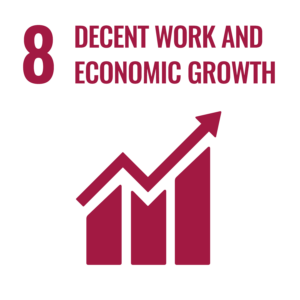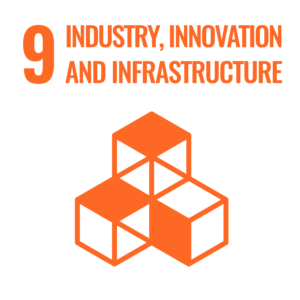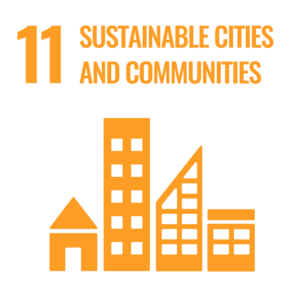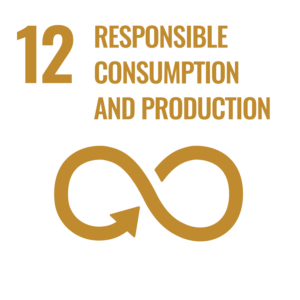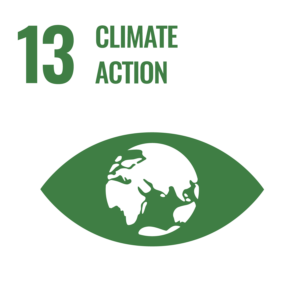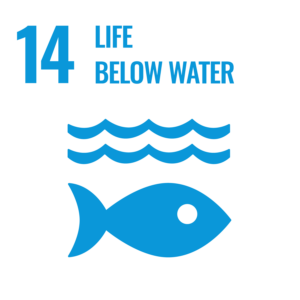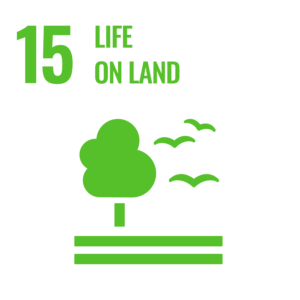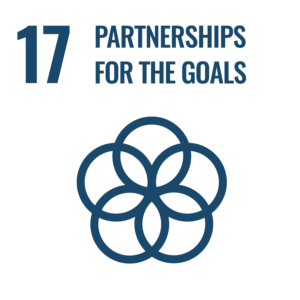
From Paper to Pomodoro
Regenergy Frövi
Responsibly produced tomatoes from Sweden made using industrial waste heat
Regenergy Frövi reuses industrial waste heat from a cartonboard factory to produce tomatoes in greenhouses. This contributes to increased self-sufficiency, less transports and new jobs. The first greenhouse is completed and will produce 8 000 tonnes of tomatoes every year – about every tenth tomato eaten in Sweden.
Later this year we will begin to work on the second greenhouse. Paired with Greenhouse 1 this will provide a big boost to Sweden’s domestic production of tomatoes, reaching a total of around 17,000 tonnes of annual production – about every fifth tomato eaten in Sweden.

Greenhouse 01*
Completed 31.05.24
Area (m2)
100 000
Tonnes of tomato produced/year
8 000
New jobs
100
Tonnes avoided CO2-e/year
7 105
Reused Gwh waste heat/year
35
Investment (€)
123
Production start
2024
* The project in Frövi is no longer part of WA3RM's project portfolio. Frövi was divested late last year and we will not be a part of the 2nd phase of the project. Frövi will always play a very important part of WA3RM’s proud history, and we wish FoodVentures all the best in the continued operations.
Later this year we will begin to work on Greenhouse 2. Paired with Greenhouse 1 this will provide a big boost to Sweden’s domestic production of tomatoes, reaching a total of around 17,000 tons of annual production – about every fifth tomato eaten in Sweden.
Eat good, locally grown tomatoes from Sweden all year round.
Increasing domestic food production reduces export dependency and makes the food system more resilient.
Growing near the end consumer and heating the greenhouse with residual heat instead of oil or gas help avoid emissions.
Regenergy Frövi creates new jobs the associated benefits that come with that for both individuals and communities.
Compared to growing tomatoes in the field, water usage per tomato grown is up to 90% lower in a hydroponic greenhouse.

Today, only 30% of the vegetables consumed in Sweden is produced locally. Greenhouses heated with industrial waste heat can change that – fast.
Over 80% of Sweden's tomatoes are currently imported
Regenergy Frövi will redefine the Swedish food landscape. By slashing emissions from heating and transportation and, dramatically reducing water consumption, this initiative represents a more responsible approach to food production.
Sources: Jordbruksverket, McKinsey & Company, UN World Water Development Report, IPCC, FAO, WHO. Global Data
1/3
of global CO2-emissions comes from food production
56 %
more food needed by 2050 to feed 10 billion people
72 %
of fresh water withdrawal comes from agriculture

From Paper to Pomodoro
As simple as 1–2–3
Beyond improving food security and self-sufficiency, greenhouse agriculture using industrial waste heat directly addresses some of the most pressing challenges in food production.
01. Resilience Against supply chain disruptions
Geopolitical tensions, pandemics, and climate-related disasters have repeatedly disrupted global food supply chains, leading to food shortages and price volatility. The war in Ukraine, for instance, demonstrated how quickly such shocks can ripple through global markets. A shift towards regional food production using waste heat would mitigate these risks, ensuring a stable food supply even during crises and reducing dependence on politically unstable regions for essential food imports.
02. Water scarcity
Agriculture accounts for 70% of global freshwater use, placing immense pressure on water supplies, particularly in drought-prone regions. Hydroponic greenhouses, which recirculate water, use around 10x less water than traditional farming methods.
03. Avoided emissions
Heating greenhouses with fossil fuels is carbon-intensive, yet many large-scale greenhouse operations still rely on gas or oil. By utilizing industrial waste heat, emissions can avoide, making year-round food production feasible in a more responsible manner.
04. Land Use and Biodiversity
Traditional agriculture has driven extensive deforestation and habitat destruction, with 77% of agricultural land currently dedicated to livestock farming, which contributes only 18% of global calorie supply. Greenhouses require significantly less land, allowing for high-yield production in compact spaces without expanding agriculture into fragile ecosystems.

Impact is a team sport
A cartonboard factory, innovative companies, investors and an entire community ready to get to work. We are excited to work with devoted communities and industry pioneers in realizing this project– developing resilient production capacity and bringing waste to life. Supplier of excess heat: Billerud.








Welcoming Food Ventures
Operator
The greenhouses in Frövi are operated by Food Ventures. A global leader in greenhouse growing, specialized in continuously supplying fresh and tasty vegetables, grown sustainably in high-tech greenhouses.
UN Sustainability Development Goals addressed:
8.2 Achieve higher levels of economic productivity through diversification, technological upgrading and innovation, including through a focus on high-value added and labour-intensive sectors.
8.3 Promote development-oriented policies that support productive activities, decent job creation, entrepreneurship, creativity and innovation, and encourage the formalization and growth of micro-, small- and medium-sized enterprises, including through access to financial services. Improve progressively, through 2030, global resource efficiency in consumption and production and endeavour to decouple economic growth from environmental degradation, in accordance with the 10-Year Framework of Programmes on Sustainable Consumption and Production, with developed countries taking the lead.
8.4 Improve progressively, through 2030, global resource efficiency in consumption and production and endeavour to decouple economic growth from environmental degradation, in accordance with the 10-Year Framework of Programmes on Sustainable Consumption and Production, with developed countries taking the lead.
8.8 Protect labour rights and promote safe and secure working environments for all workers, including migrant workers, in particular women migrants, and those in precarious employment.
9.4 By 2030, upgrade infrastructure and retrofit industries to make them sustainable, with increased resource-use efficiency and greater adoption of clean and environmentally sound technologies and industrial processes, with all countries taking action in accordance with their respective capabilities.
11.a Support positive economic, social and environmental links between urban, peri-urban and rural areas by strengthening national and regional development planning.
12.2 By 2030, achieve the sustainable management and efficient use of natural resources.
13.1 Strengthen resilience and adaptive capacity to climate-related hazards and natural disasters in all countries.
14.1 By 2025, prevent and significantly reduce marine pollution of all kinds, in particular from land-based activities, including marine debris and nutrient pollution.
15.1 By 2020, ensure the conservation, restoration and sustainable use of terrestrial and inland freshwater ecosystems and their services, in particular forests, wetlands, mountains and drylands, in line with obligations under international agreements
15.5 Take urgent and significant action to reduce the degradation of natural habitats, halt the loss of biodiversity and, by 2020, protect and prevent the extinction of threatened species.
17.16 Enhance the Global Partnership for Sustainable Development, complemented by multi-stakeholder partnerships that mobilize and share knowledge, expertise, technology and financial resources, to support the achievement of the Sustainable Development Goals in all countries, in particular developing countries.


Later this year we will begin to work on Greenhouse 2
Start in 30.08.24
Paired with Greenhouse 1 this will provide a significant boost to Sweden’s domestic production of tomatoes, reaching a total of around 20,000 tons of annual tomato production – about every fifth tomato eaten in Sweden.






